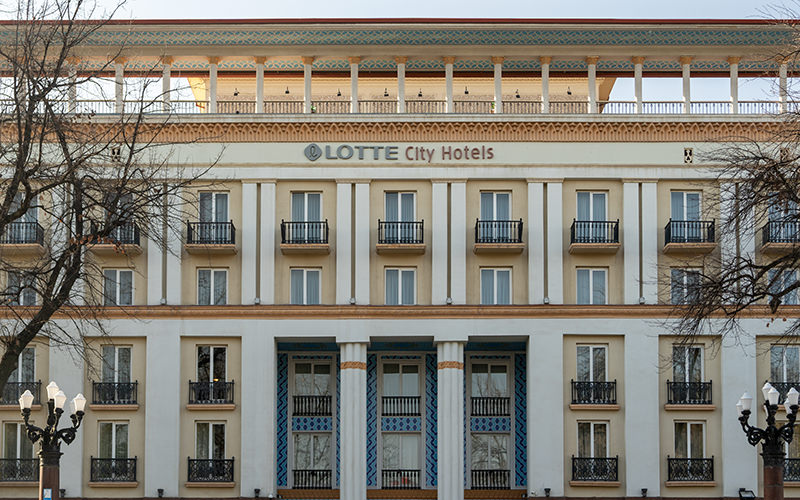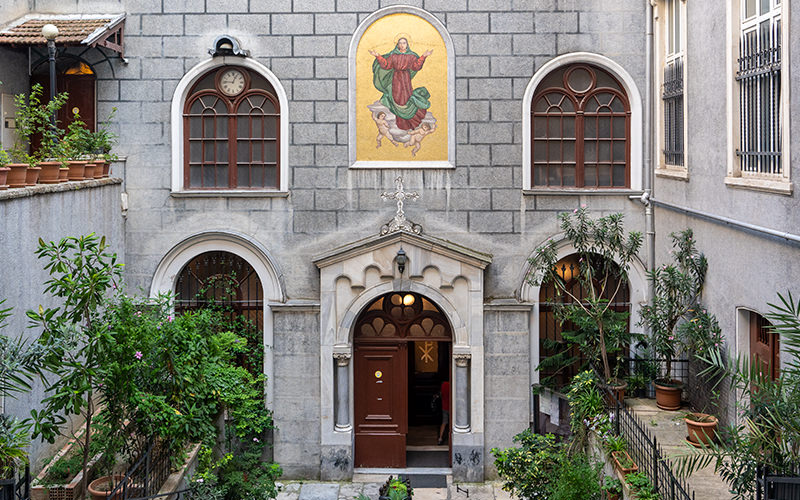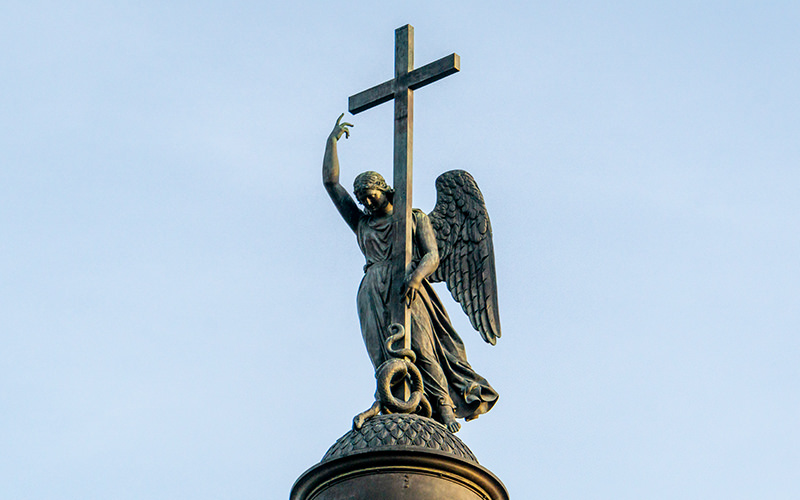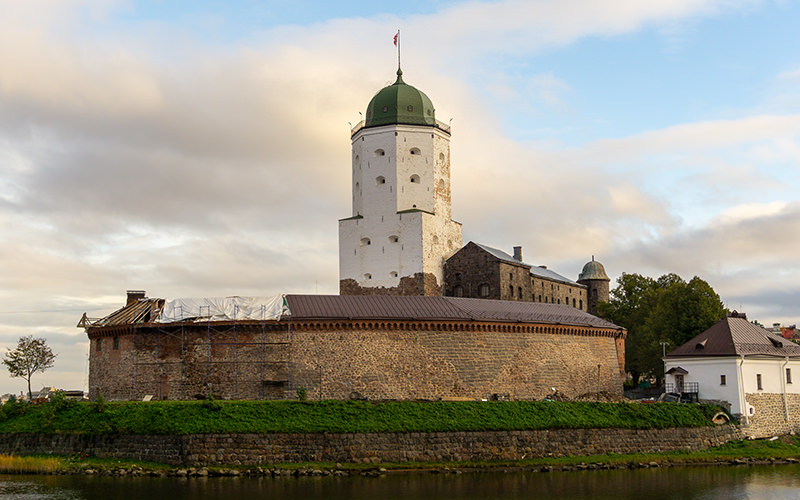Due to the celebration of Russia Day, we had many days off. We decided to spend them wisely and went to the city of Vyborg to stroll in the famous Monrepos Park.
History of the Park
The site where Monrepos Park is located was actively used as far back as the 16th century during Swedish rule. At that time, there was a livestock farm here called Lill-Ladugard. The Russian history of the site begins in 1760, when Lill-Ladugard was transferred to Peter Stupishin, the commandant of the Vyborg fortress.
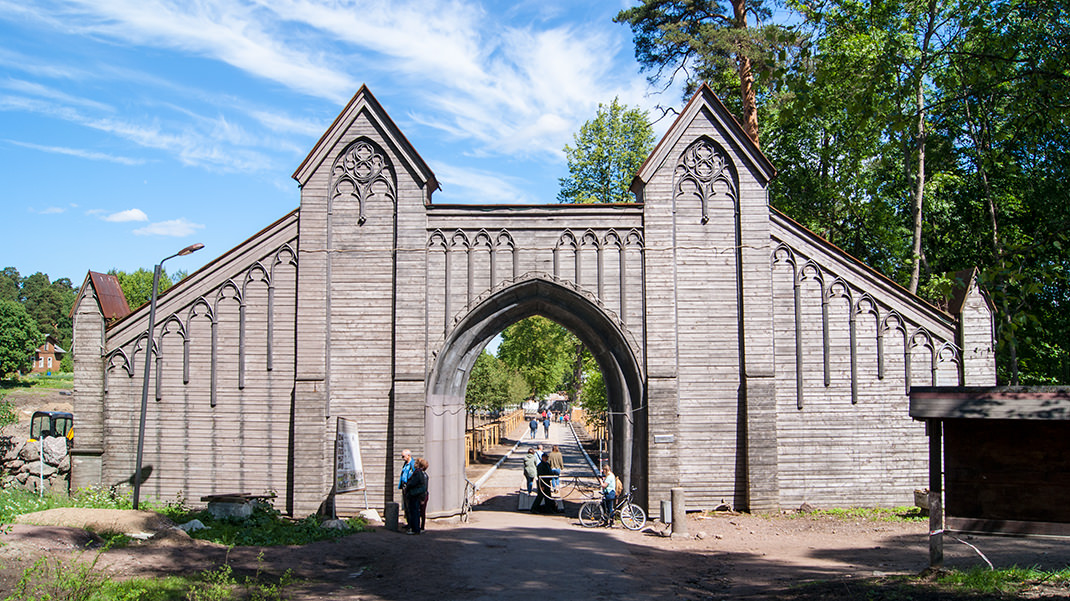
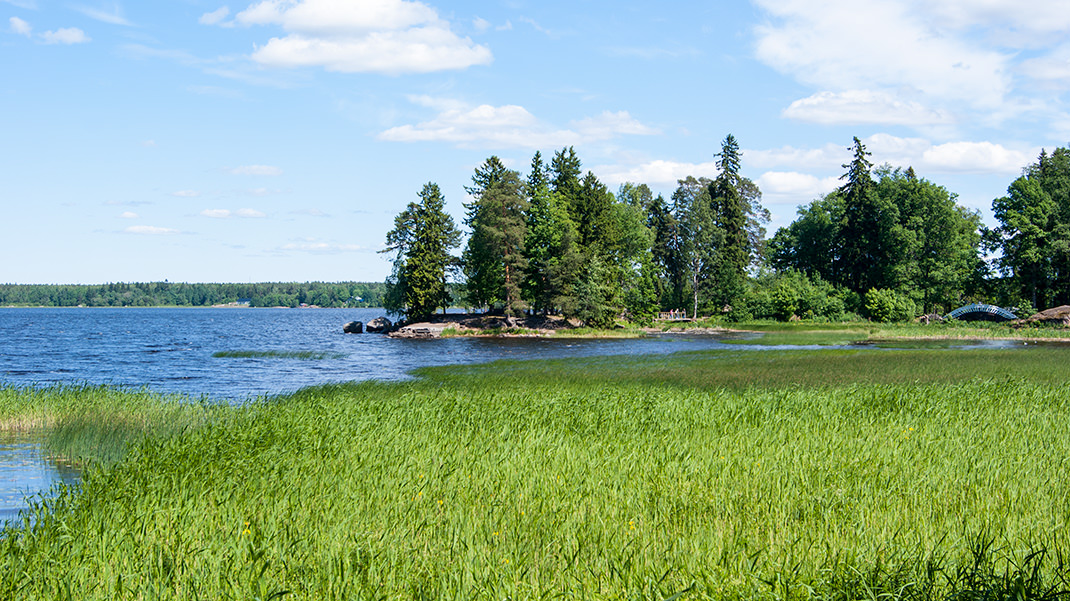
The estate then belonged to Prince Friedrich Wilhelm Karl of Württemberg, who named it "Monrepos" (from French, "my rest," "my repose"). The active development of the estate is associated with Ludwig Heinrich Nicolay, the president of the St. Petersburg Academy of Sciences, who acquired the estate in 1788. During the time the Nicolay family owned Monrepos, many famous buildings appeared on its grounds: the manor house in classicism style, the library wing, the Temple of Neptune, the Paulstein pavilion, and others. A family crypt was built on the island of Ludwigstein. The Monrepos estate was so famous in Russia that Emperor Alexander II visited it.
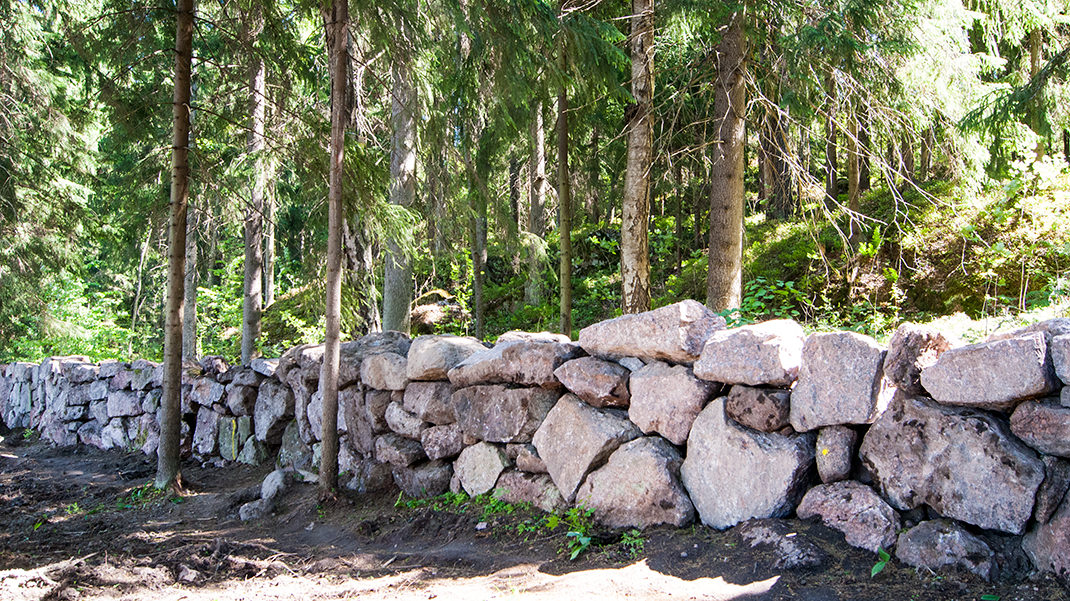
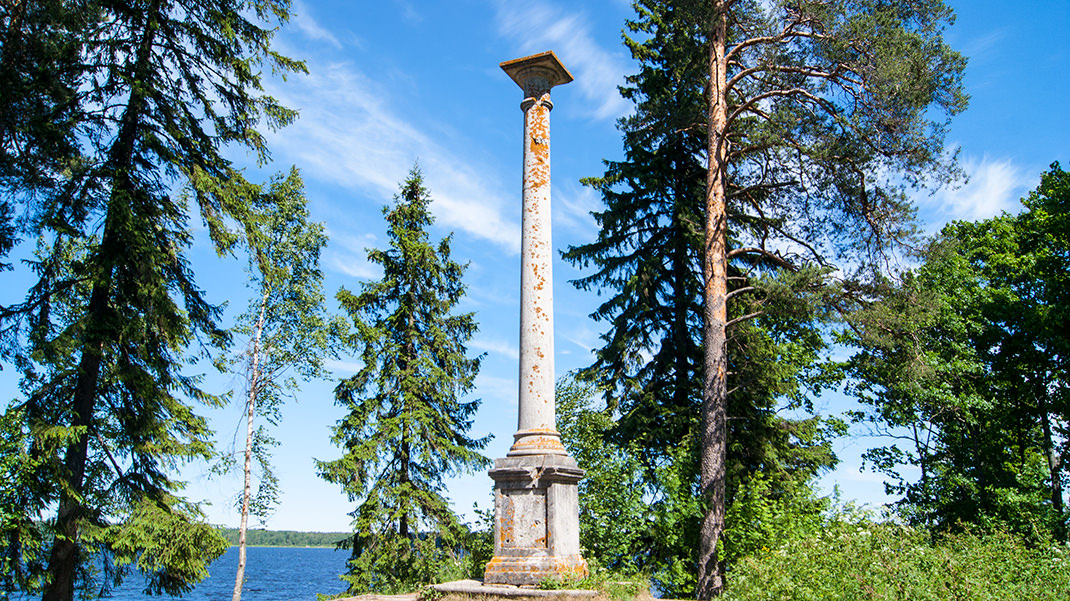

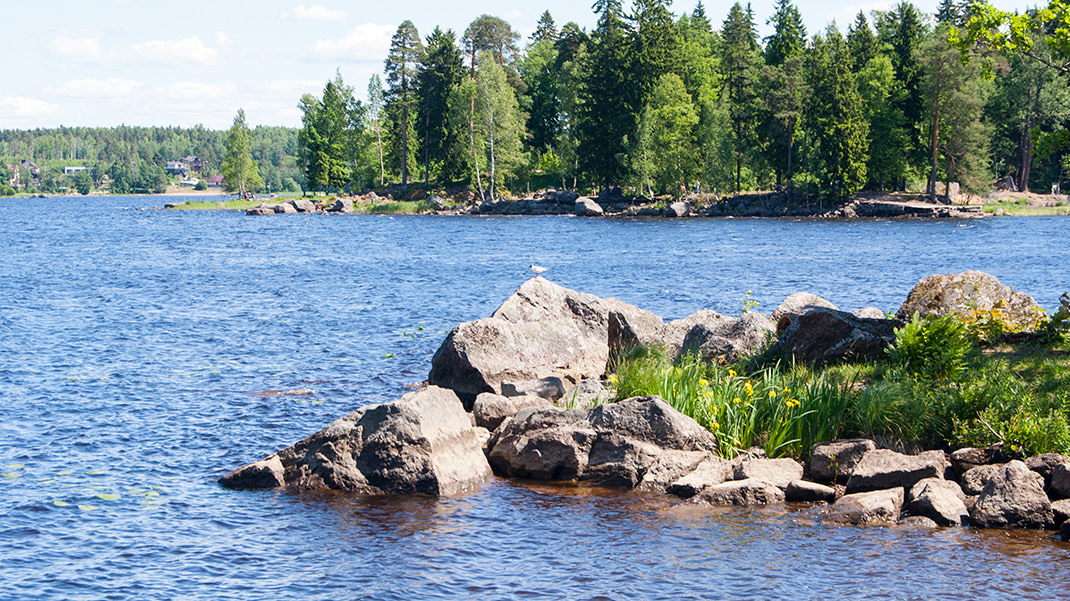
After World War II, the Monrepos estate was looted and damaged. Some artifacts were saved and transported to the Hermitage. After 1945, Monrepos housed military rest homes, a kindergarten, and a central park of culture and recreation, all of which negatively affected the landscape and park elements. In 1988, the State Historical-Architectural and Natural Museum-Reserve "Monrepos Park" was established, and restoration work began. Active restoration has been ongoing since 2017, with plans to complete it by 2020.
How to Get There
The distance between Vyborg and Saint Petersburg is 121 kilometers in a straight line. It is quite possible to get there by private car.
We chose another option — the commuter train from Finland Station. There are many trains, so you can choose one that fits your schedule and budget. We took the "Lastochka." The travel time is 1 hour 15 minutes. The cost is 662 rubles for a round trip per person.
The entrance ticket costs 100 rubles (summer 2018).
What to See
A small practical tip: at the park entrance, you will see two paths (to the right and to the left). You can skip the right path as it only leads to the forest. From the forest edge and a small islet, you can take a good photo of the castle on the rock, but believe me, there will be plenty of such opportunities. We checked it ourselves.
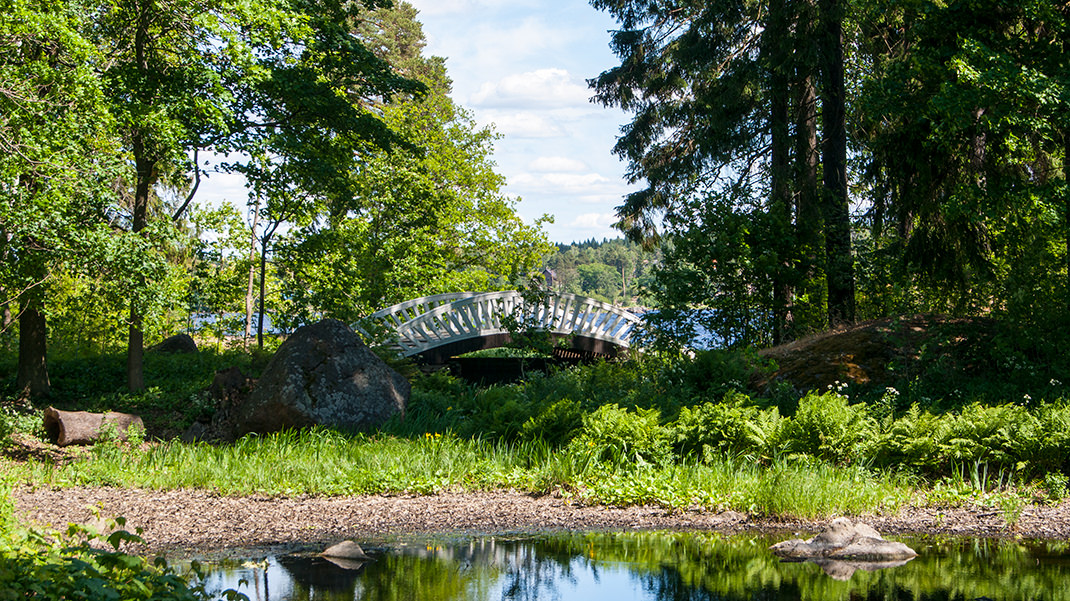
So, go straight to the gazebo, which is clearly visible from the entrance, choose any path, and move forward. We decided to start our journey along the shore. After climbing the rock near the gazebo and admiring the beauty, we went down and walked along the path to the castle. The number of various (mostly huge) boulders is striking. They are scattered everywhere, covered with moss. The farther we went, the more there were. Gradually, individual boulders "gather" together and turn into rocks.
Walking along the shore, we reached the castle, encountering the Temple of Neptune (a small gazebo on the edge of the rock) on the way. The castle is located on a large rock on the island of Ludwigstein. Previously, the family crypt of the Nicolay family was located here, which was looted during the Soviet period. The structure looks magnificent. The island and the castle itself are closed to tourists. Some "locals" waded to the castle. We decided it was not worth doing.
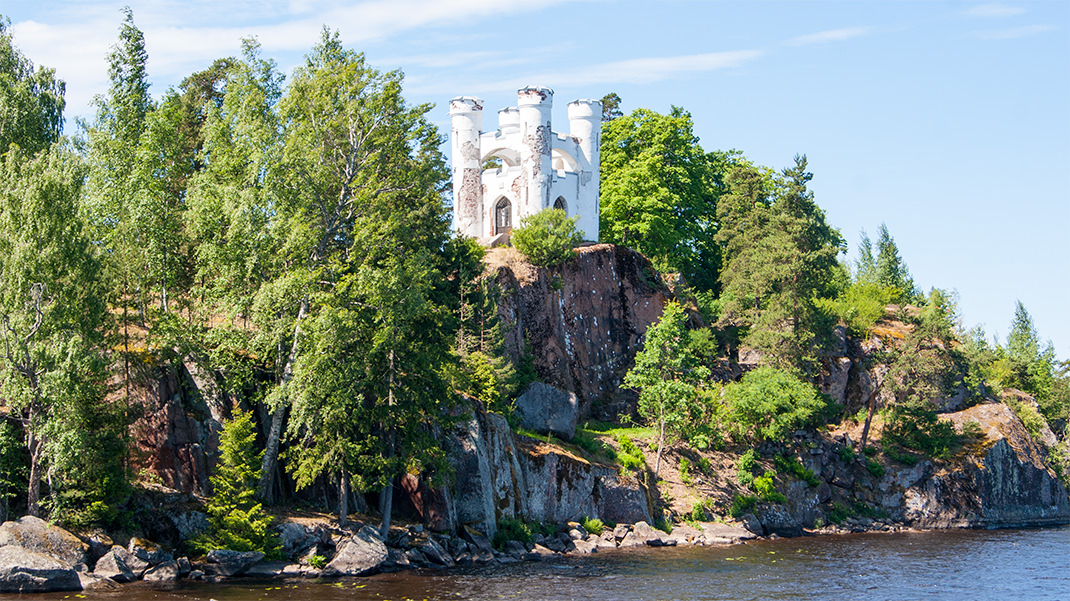
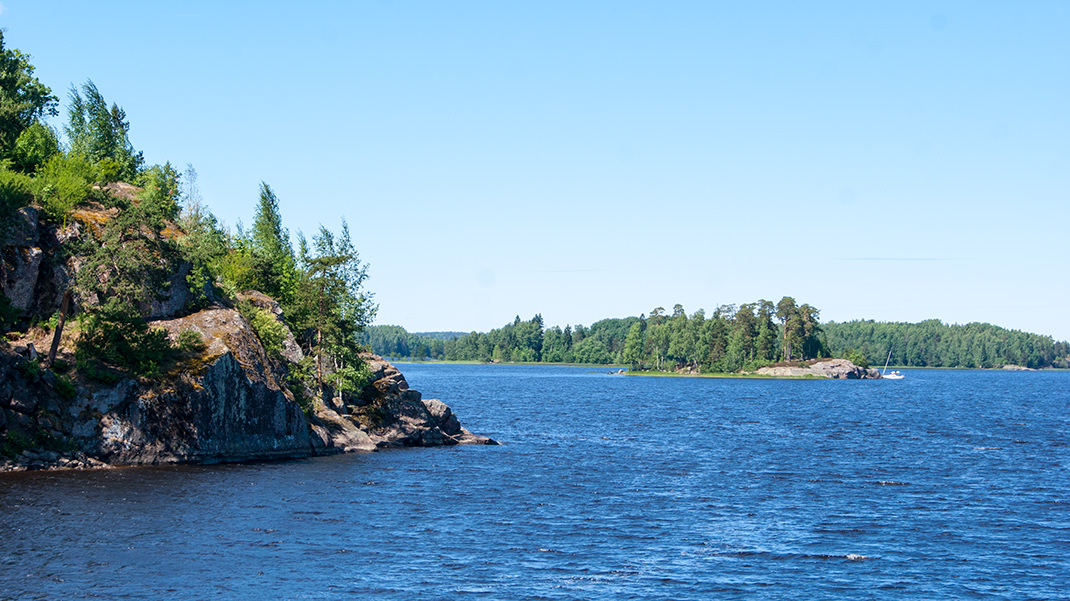
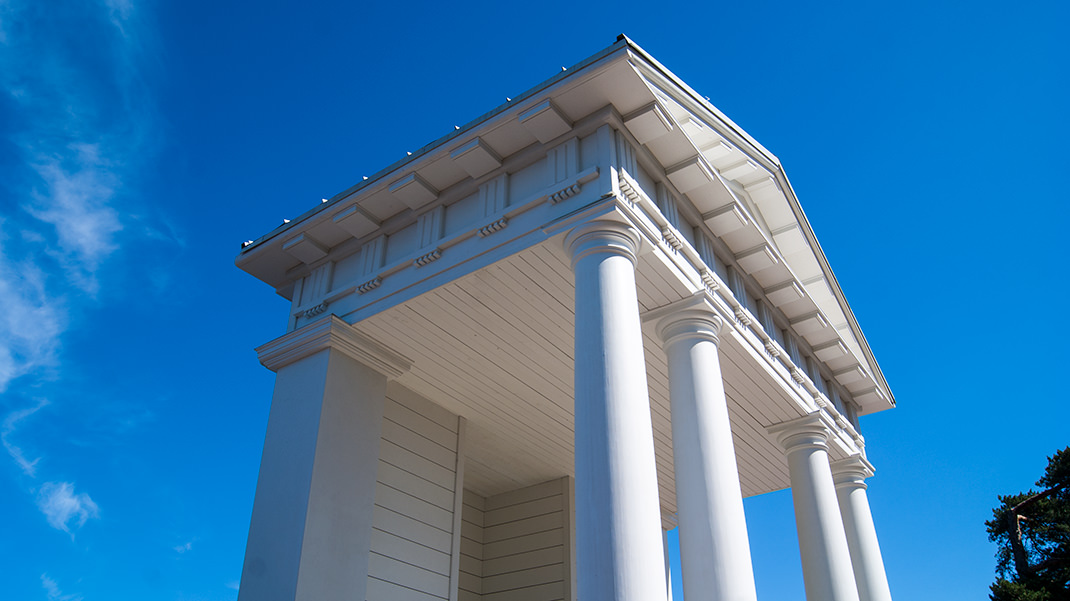
After taking a good number of photos, we went further. The path went through the forest. Very beautiful landscapes, but we advise you to watch your step as there are many roots on the ground. Mountain climbing enthusiasts, this is your place. Do not be afraid; the climbs are easy, so leave your climbing gear at home. The paths diverge in different directions — up, down. We did not have enough time to explore all of them. We reached a bridge made of birch logs and looked at the hermit's hut. If you follow this route, you will see a small grotto in the rocks, covered from above by a large stone. Be sure to go inside; everyone has different impressions of this. Further along the way, we encountered the sculpture "Väinämöinen."
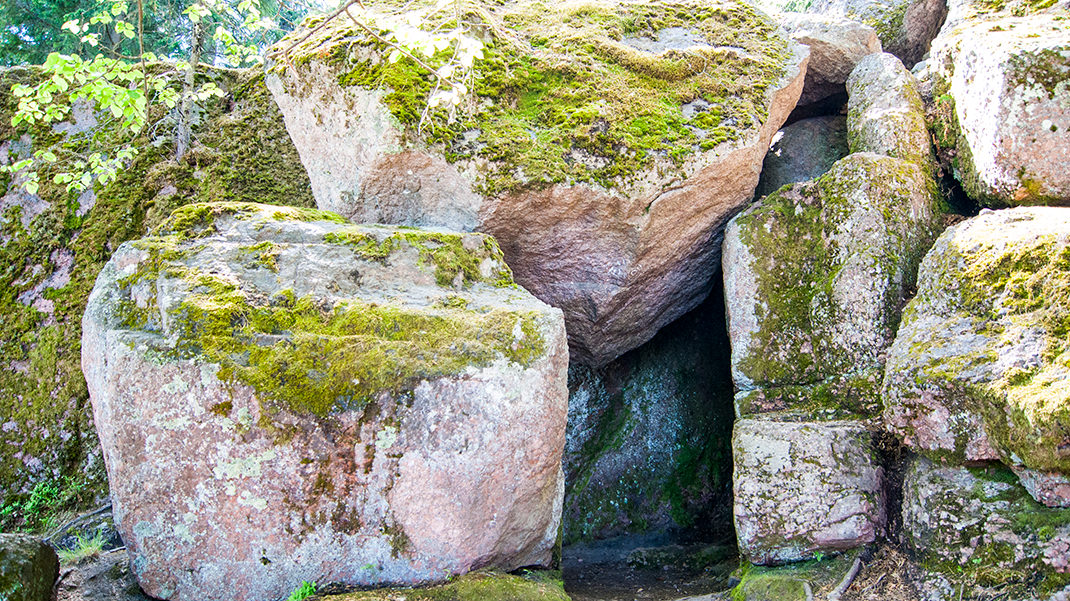
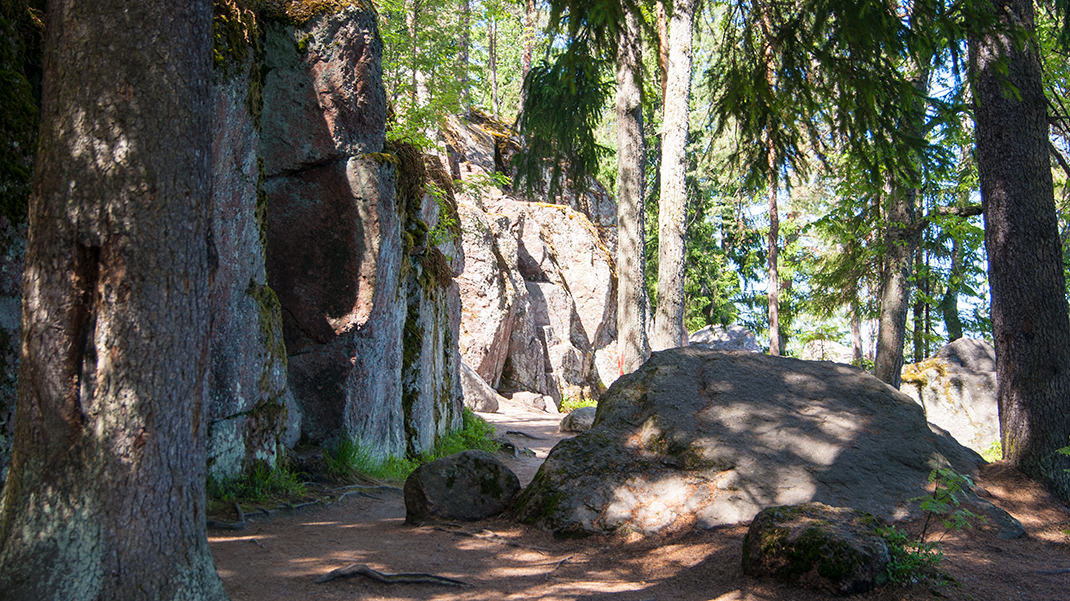
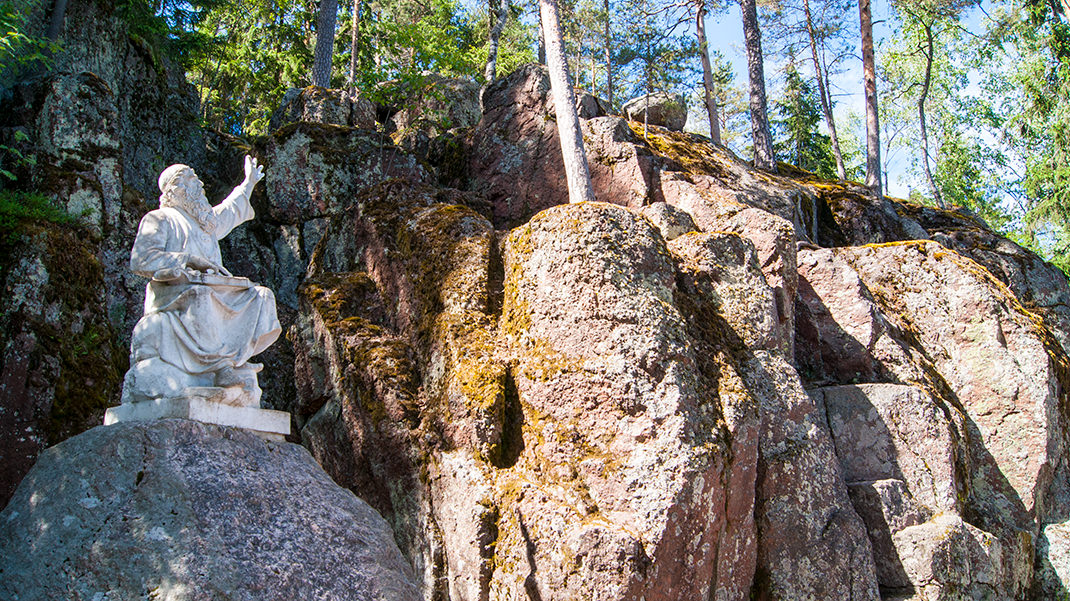
Along the lower path, we walked the entire way along the bay shore. There is much to admire. As one of us said: "The North, the North." The boulders are covered with lichen, the forest is mostly spruce and pine, so you can also breathe in the healing pine air.
Then we climbed the path to the top, and the way back was along the top of the rock, descending again to the hermit's hut. By the way, no hermit ever lived there; the hut is just part of the park ensemble.
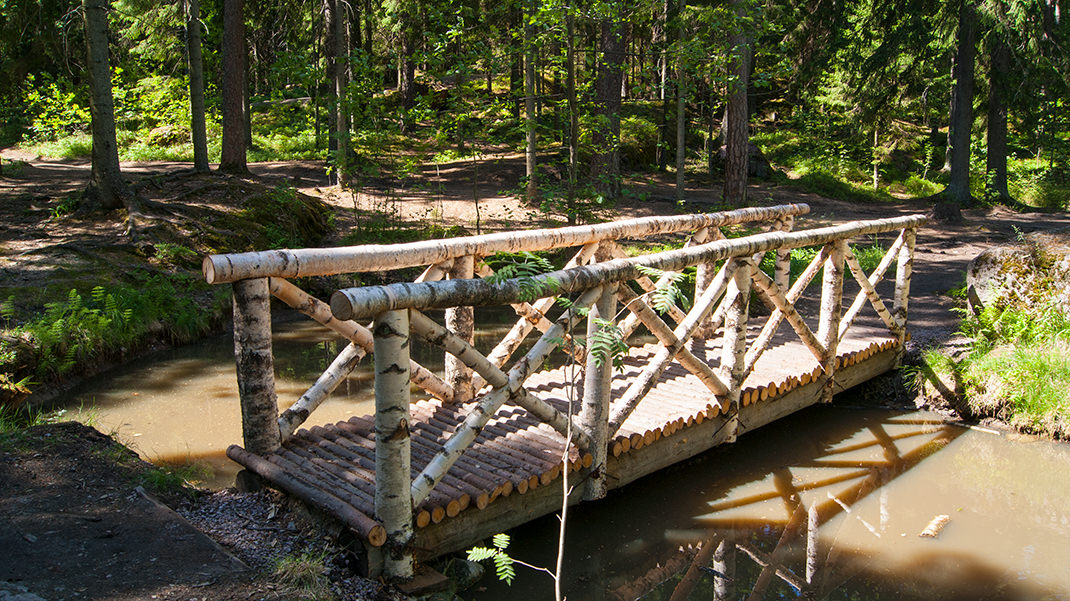
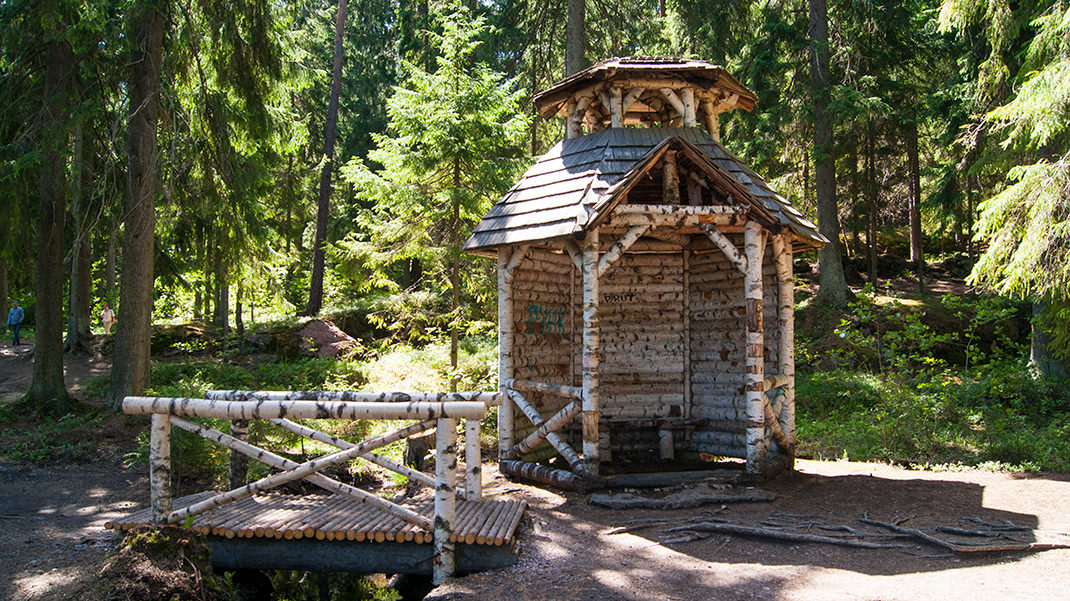
A large concrete road leads to the exit. Many people start their journey from there. But we recommend starting from the shore and returning along the road when you are already tired. Despite the holiday, many workers were working at the park's exit. When the reconstruction is complete, we think the park will be magnificent. And a taxi driver who took us to the station said that you can rent a boat in the city and explore Monrepos Park from the water, visiting the islands around and swimming on the beaches.
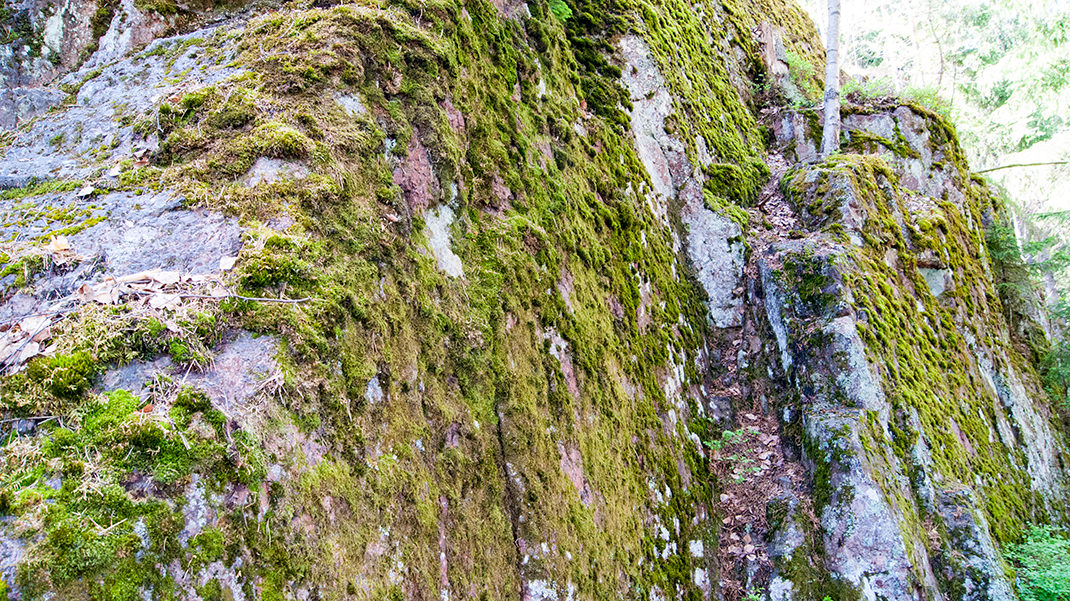
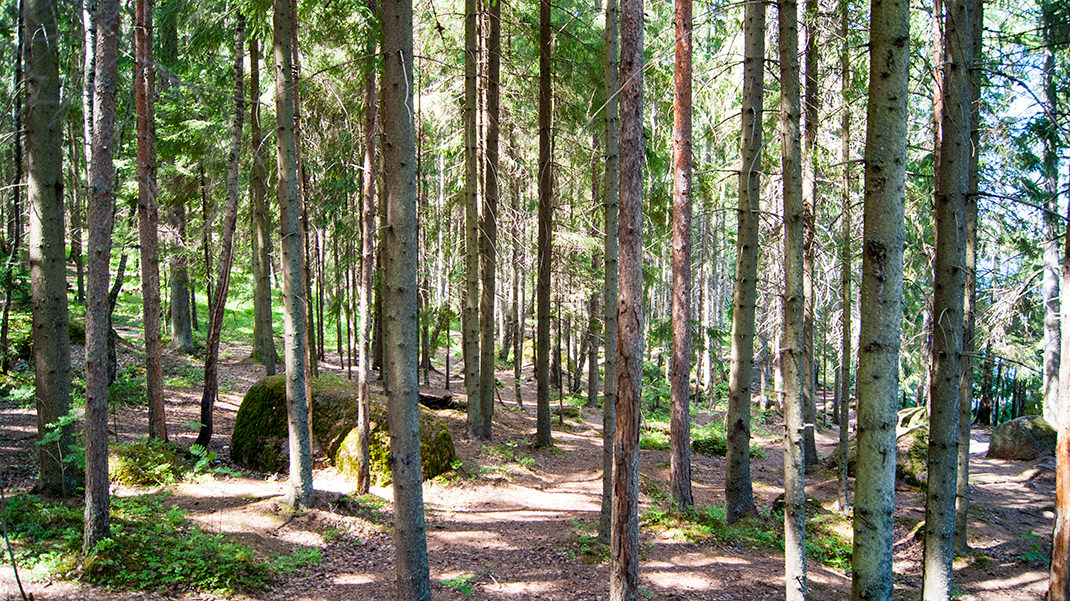
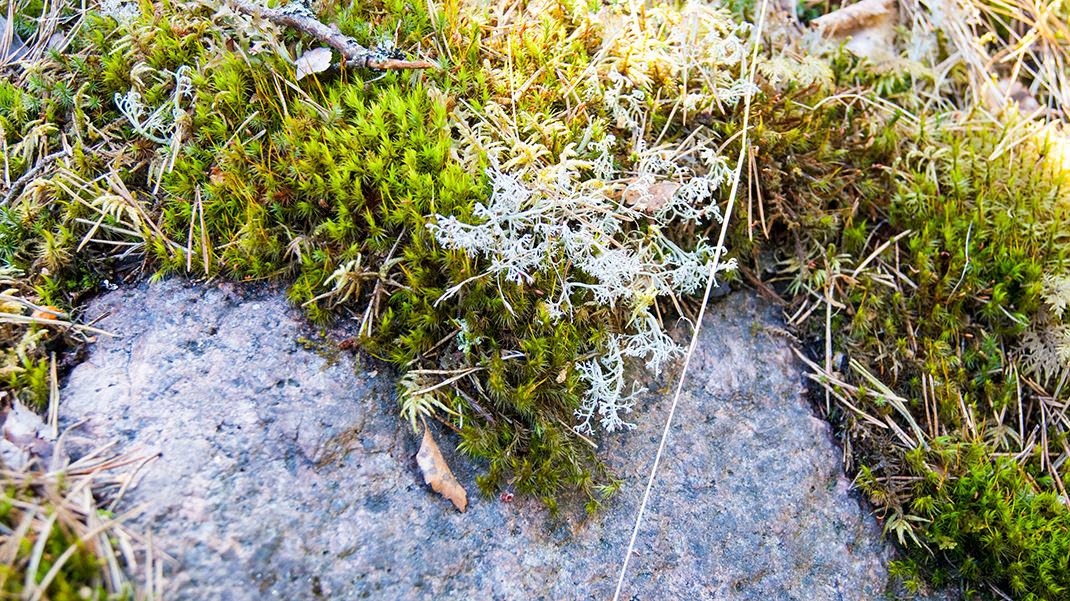
For us, this was the most unusual and mysterious park. Again, we did not even cover a third of it, so plan a whole day for the tour. Finland is nearby, the city is on the border, so take your passport just in case. Overall, this park combines the enjoyment of nature, elements of active recreation, and healing pine air baths. Interested? Come and see for yourself!
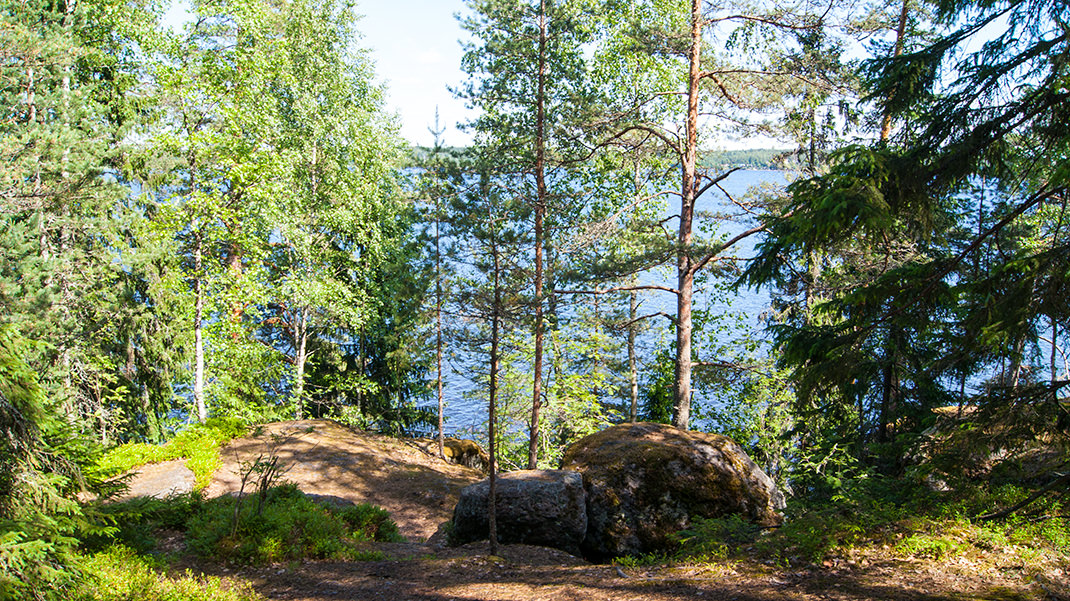
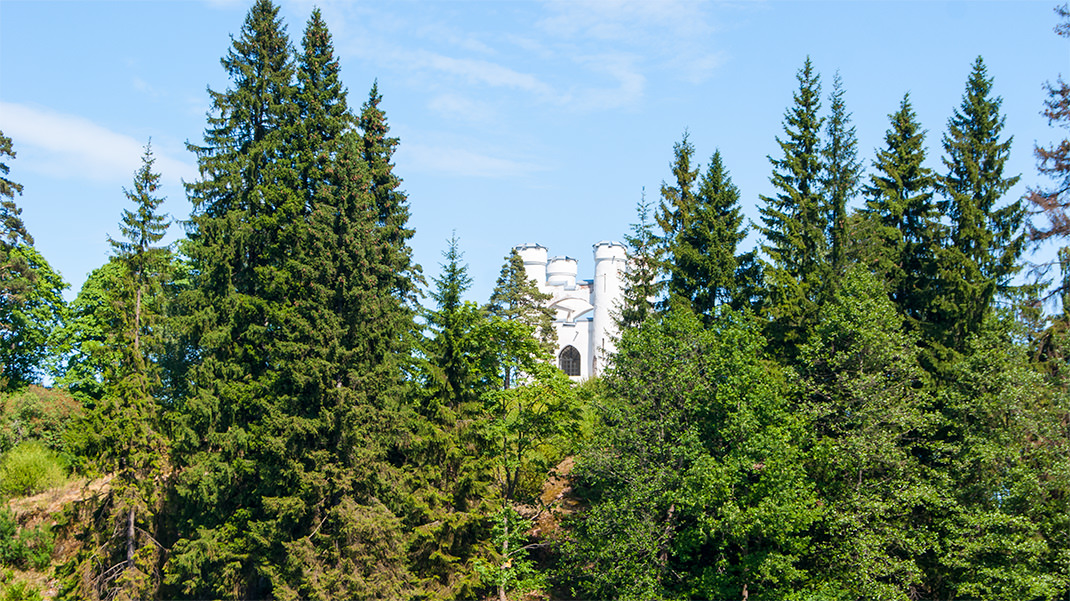
By the way, if you don't have time for such a long trip, you can easily visit Catherine, Pavlovsk, or Alexander parks. They are located 30 minutes away from Saint Petersburg.
Have a nice trip!


